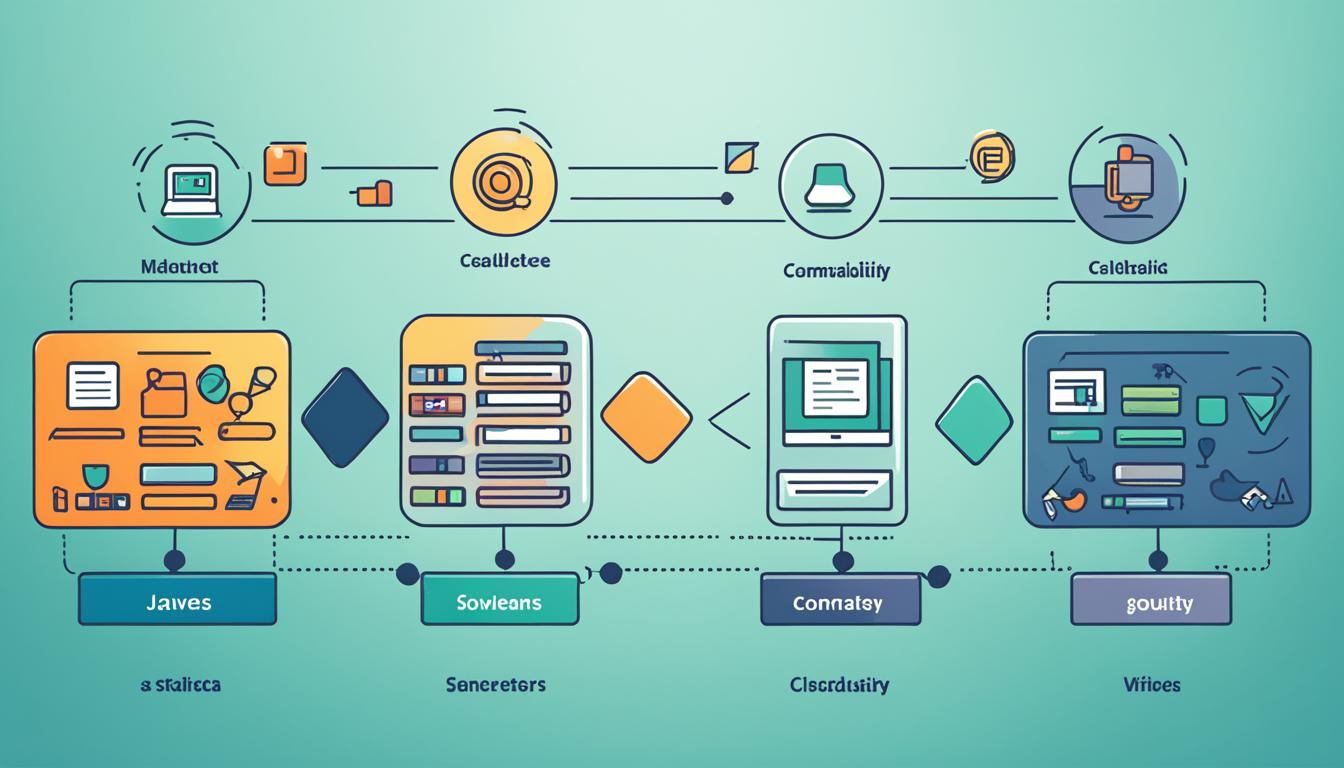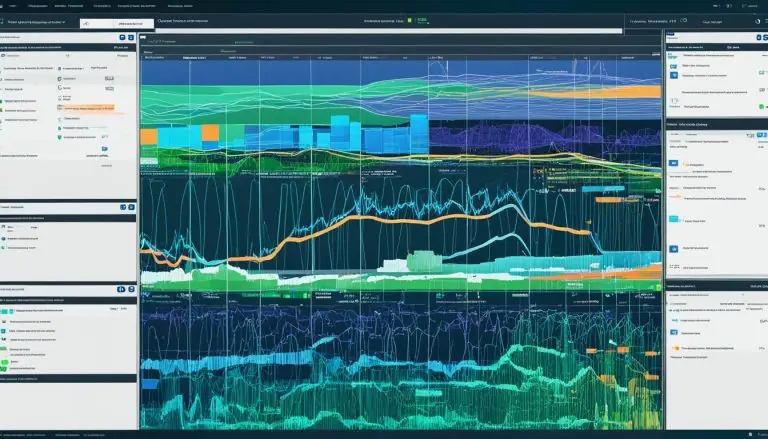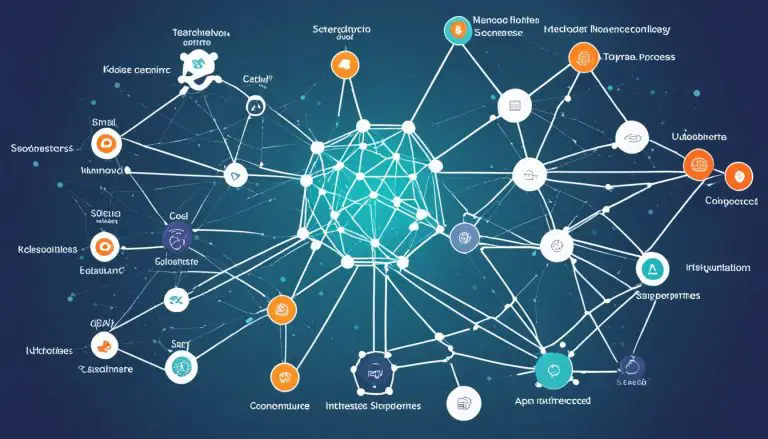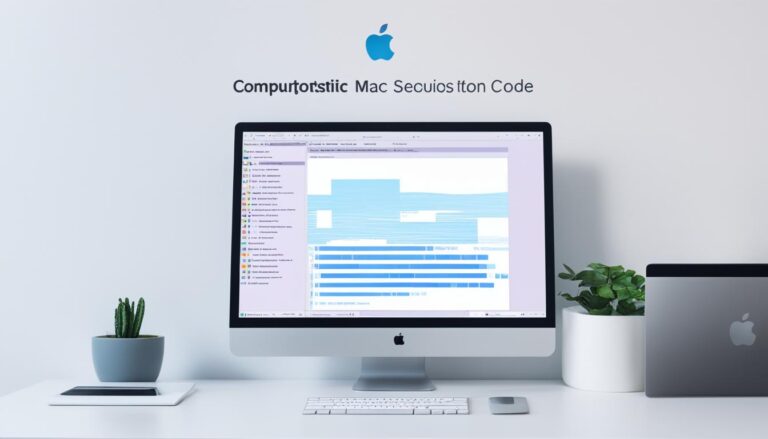Understanding What is JRE (Java Runtime Environment)
Have you ever wondered how Java applications run smoothly on different computers?
The Java Runtime Environment (JRE) is a key software layer on top of your computer’s operating system. It gives Java programs the class libraries and resources they need to work well. This is key to Java’s “Write Once, Run Anywhere” idea. In short, the JRE is essential for every Java application, making sure it works well on various operating systems.
The JRE, along with the Java Development Kit (JDK) and the Java Virtual Machine (JVM), is at the heart of Java development. This software layer makes it easier to deploy Java programs. It hides the details of the hardware and operating system, letting developers focus on their apps.
The JRE gets even more powerful with tools like Java Web Start and Java Plugin. These tools help in smoothly releasing and updating Java apps, making things better for users. It also has libraries for handling data, like the Collections Framework, which helps developers store and process data efficiently.
The JRE also has tools that make running apps easier. The ClassLoader, Bytecode Verifier, and Interpreter work together to load, check, and run Java code safely and efficiently. This shows how strong and flexible the Java ecosystem is.
Curious? Learn more about JRE and its important role in Java by checking out here.
Key Takeaways
- The Java Runtime Environment (JRE) provides a software layer that runs on top of the operating system, delivering essential libraries and resources.
- The JRE is crucial for running Java applications, supporting the Write Once, Run Anywhere (WORA) philosophy.
- Key components of the JRE include deployment technologies, language and utility libraries, and various support tools.
- Deployment technologies within the JRE, like Java Web Start and Java Plugin, facilitate seamless software updates and releases.
- Support tools in the JRE, such as the ClassLoader, Bytecode Verifier, and Interpreter, ensure the secure and efficient execution of Java applications.
Introduction to JRE (Java Runtime Environment)
The Java Runtime Environment (JRE) acts as a bridge between Java apps and the operating systems they run on. It uses JRE versions to make sure Java programs work well. Picking the right version is key for smooth running and best performance.
The JDK, JRE, and JVM work together in Java app development and deployment. The JDK has tools for coding and compiling. The JRE provides the runtime environment with essential software components. These include the JVM, core libraries, and files for memory management and handling exceptions.
For developers and users, knowing about JRE compatibility is important. The JRE lets Java apps run on different platforms without changes. It keeps user interfaces and system interactions consistent.
The JRE is great at managing memory and focusing on security. It removes features that could cause memory errors. This makes Java apps reliable and secure. Plus, it works well with web apps using HTTP and FTP.
Multithreading is a big plus in the JRE. It makes apps more interactive and fast, especially when doing many tasks at once. The JRE also has a Just-In-Time (JIT) compiler. This compiler makes Java code run faster by turning it into machine code.
With so many features and components, choosing the right JRE download and version is crucial. This ensures Java apps run well and use the JRE’s full potential for great performance and working on different platforms.
Components of JRE
The Java Runtime Environment (JRE) has many parts that make Java programming better. Knowing about these parts helps developers make their projects run smoothly and reliably.
Development Tools
Development tools like Java 2D, Swing, and AWT are key parts of the JRE. They help create beautiful and useful user interfaces. This lets developers make Java apps that look great and work well.
Deployment Solutions
Java Web Start and Java Plugin make deploying Java apps easy. They make sure users always have the newest version with little work.
https://www.youtube.com/watch?v=Xg4KftDsBG0
Language and Utility Libraries
The JRE’s language and utility libraries are essential for Java apps. Packages like the Collections framework and Preferences API manage data well. These libraries make complex tasks easier for developers.
Integration Libraries
Integration libraries help Java apps talk to each other and to other services. Libraries like Java IDL, JDBC, and JNDI are key for working across different platforms.
In summary, the JRE’s parts, from development tools to integration libraries, boost Java apps’ efficiency and functionality. They help in making apps, deploying them, and ensuring they work well together.
What is JRE (Java Runtime Environment)
Java Runtime Environment, or JRE, is a key piece of software. It helps Java applications run smoothly on various operating systems and hardware. The Java Virtual Machine (JVM) is a big part of JRE. It turns Java code into machine code, making it run on any device with JRE.
JRE also has libraries like Java Management Extensions (JMX) and Java Native Interface (JNI). These libraries give developers lots of tools to work with the system. It includes libraries for things like file handling, networking, and making user interfaces.
The way JRE works with JVM makes a powerful runtime environment. It handles important tasks like loading classes and managing memory. This is key for Java apps to run well. For more on JDK vs JRE, check out this informative article.
If you want to learn more about running Java apps on different systems, a good JRE installation guide is helpful. It gives clear steps to manage JRE and fix issues.
Java SE 8 Runtime Environment has rules for use. It’s free for personal and testing, but commercial use needs a license. Some parts, like JavaFX, can’t be shared, and some countries have special rules. Knowing these helps use JRE right.
Key Technologies in JRE
The Java Runtime Environment (JRE) is key for running Java apps. It uses important technologies to make sure the environment is safe and works well. Let’s look at the main parts that make up the JRE, ensuring a secure and efficient runtime environment.
Classloader
The Classloader is a vital part of the JRE. It loads Java classes when needed, which saves memory and makes programs run smoother. This way, Java apps can be flexible and efficient.
Bytecode Verifier
The Bytecode Verifier checks Java code for safety and security. It looks at the bytecode before the interpreter runs it, making sure it follows Java’s rules. This keeps Java apps strong and reliable everywhere they run.
Interpreter
The Interpreter is the last step in the JRE’s process. It turns bytecode into machine code that runs on different devices. This shows how Java apps can work on many platforms, thanks to the JRE’s key technologies.
For a deeper look at Java platform products, check out Oracle’s Java Platform Overview. If you want to know how to install Java on Ubuntu, see this guide on how to install Java on Ubuntu
JRE Installation Guide
Learning how to install the Java Runtime Environment (JRE) is key for running Java apps smoothly. This JRE installation guide will walk you through each step, making it easy on different platforms.
First, check if your system can run the JRE. You can download it for free from Oracle’s. But, make sure you don’t use unsupported versions or editions. Now, let’s get into the installation steps:
- System Requirements: Make sure your system meets the JRE’s minimum needs. Your OS and hardware should be current.
- Download JRE: Go to Oracle’s site and pick the right JRE for your OS. The JDK comes with the JRE, so either download works.
- Installation Process:
- For Windows: Run the installer, follow the prompts, and finish the install. Don’t forget to note the JRE executable file’s path.
- For macOS and Linux: Use your system’s package managers or download the installer from Oracle.
Some users might run into problems during installation. But, the JRE installs successfully most of the time. If issues pop up, JRE troubleshooting can help. Check your system variables and make sure the JAVA_HOME path is set right. The type of installer you use, like web or offline, can affect success too.
Issues like version conflicts or missing paths are common. After installing, it’s crucial to check your JRE setup. Follow specific instructions for UNIX and Windows to ensure everything is right. A clear and easy JRE installation guide helps users avoid needing to look elsewhere for help.
In summary, having the JRE set up correctly with the right paths ensures apps run well. Most setups work right away, but be ready for JRE troubleshooting if you run into problems.
JRE vs. JVM vs. JDK
It’s important to know the differences between JRE, JVM, and JDK for Java programming. Each one has a special role in making and running Java apps.
JVM (Java Virtual Machine)
The JVM turns bytecode into machine code. This lets Java apps run on any platform without changing them. It’s key to the “Write Once, Run Anywhere” idea.
The JVM can also run programs in other languages if they’re compiled to Java bytecode. It’s part of both JDK and JRE. The JVM uses the JIT compiler and does important tasks like loading and starting Java apps at runtime.
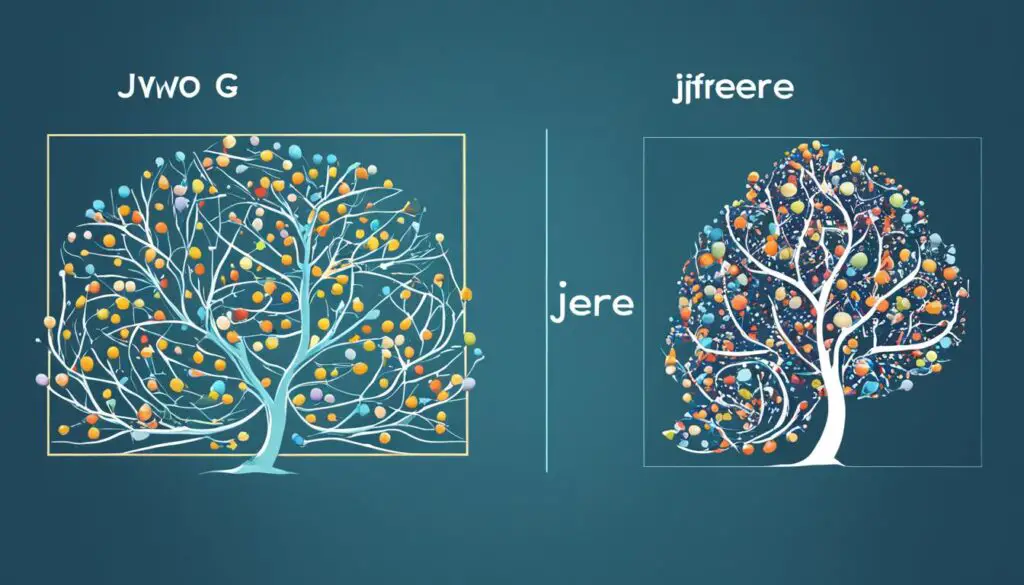
JDK (Java Development Kit)
The JDK is a full toolkit that includes the JRE and tools for making, checking, and running Java programs. It has the compiler (javac) to turn Java code into bytecode and Javadoc for API docs. Developers find the JDK essential for making strong Java apps.
Conclusion
In this article, we’ve looked closely at the Java Runtime Environment (JRE). We’ve seen its key role in making and running Java apps. The Java Runtime Environment explained its complex parts. We learned about the classloader, bytecode verifier, and interpreter. These technologies make Java run on many platforms.
The JRE includes the Java Virtual Machine (JVM) and important class libraries. It’s essential for running Java programs. The JDK, on the other hand, has tools for development like the Java compiler and debugger. The JVM plays a big part in making Java run on different platforms.
Knowing the differences between JRE, JVM, and JDK is key for developers. It helps them use Java to its fullest. The JRE update process keeps things running smoothly. This knowledge helps with making, deploying, and innovating in Java, making the JRE guide very useful.
FAQ
What is JRE (Java Runtime Environment)?
What components are included in JRE?
How do I download and install JRE?
What are the differences between JRE, JVM, and JDK?
What key technologies form the foundation of JRE?
How do JRE update processes work?
What are the JRE troubleshooting steps for common issues?
What is JRE’s role in Java’s Write Once, Run Anywhere (WORA) philosophy?
- About the Author
- Latest Posts
Mark is a senior content editor at Text-Center.com and has more than 20 years of experience with linux and windows operating systems. He also writes for Biteno.com
